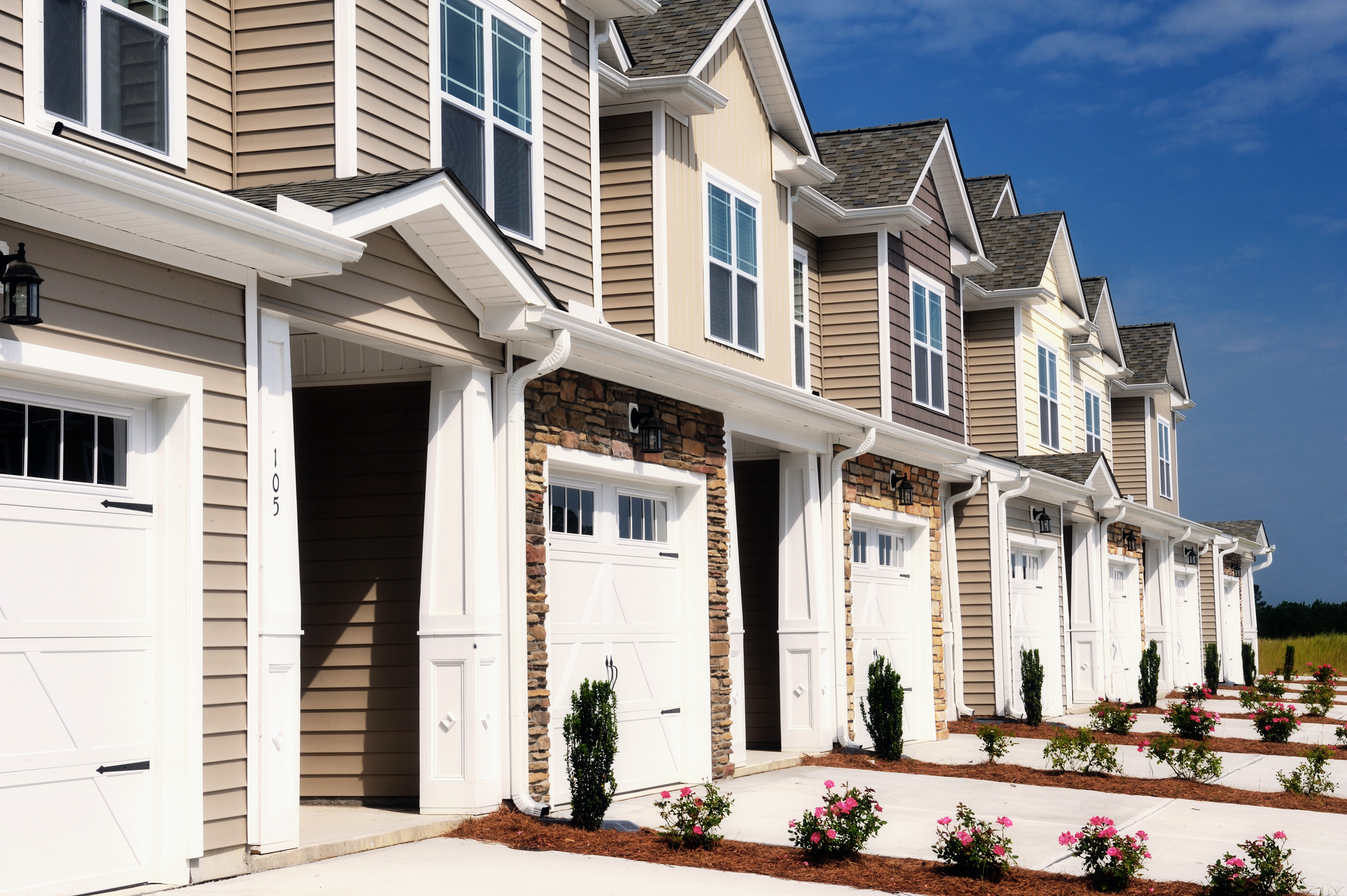Missing middle housing refers to housing that provides diverse housing options along the spectrum of affordability, which includes duplexes, triplexes, fourplexes and bungalows. Middle housing is not eligible for tax credits or most other federal, state or local government subsidies. Typical middle housing types include multiunit structures such as townhomes, duplexes, triplexes and fourplexes. Other examples can include cluster homes and cottage courts.
A Critical Lack of Middle Housing
Housing available for low- to moderate-income households is in critically short supply in rural, urban, and suburban communities across the country. This shortage in supply — often called “Missing Middle Housing” — can have serious ramifications on family stability, neighborhood cohesion and workforce shortages. Middle housing is largely considered “missing” because such building types have been often illegal or difficult to build since the mid-1940s due to single-family zoning and building requirements for mid- to high-rise apartment buildings. Thus, many of the existing middle housing stock was built in the 1920s and 1930s and is experiencing a decline in quality, safety and accessibility.
City Spotlight – Minneapolis, MN
In 2020, Minneapolis became the first large city in the country to eliminate single-family zoning. The 2040 Minneapolis Comprehensive Plan allows two- and three-unit developments to be constructed in every residential zone in the city and allows for higher-density projects closer to downtown. In making these regulatory reforms, Minneapolis sought to increase the supply of affordable housing citywide, increase the variety of housing options in low-density areas, promote integration, and encourage the development of resource-rich, mixed-income neighborhoods of opportunity. To couple with this regulatory strategy, Minneapolis intends to enact additional strategies to create a regulatory environment that supports missing middle housing development.
Solutions for Cities to Boost Middle Housing Supply
There are many sectors and stakeholders involved in the production and preservation of missing middle housing. Solutions to bridge the gap must address the barriers to building new middle housing as well incentivizing the construction and rehabilitation of middle housing through programs.
- Historically, regulatory barriers such as zoning ordinances have prohibited the construction of missing middle housing, or otherwise made it difficult. Communities can overcome these barriers by reducing minimum lot size, allowing for greater variety of housing types and structure sizes, reducing or eliminating parking minimums, and incentivizing higher density in small structures.
- Land trusts can be used to limit the impact of the cost of land on the affordability of a housing unit. A land trust typically receives public or private donations of land or uses government subsidies to purchase land and develop housing.
- Boost access to capital for missing middle developers, particularly local sources of capital, to make smaller-scale housing development financially feasible for developers and more attractive to financing institutions.
- Incentivize small-scale developers to build workforce housing, particularly community development corporations, smaller minority- and women-owned contracting firms, and owner-occupants. Local governments can consider strategies — such as technical assistance, creating guidelines/resources, and business development — to support these smaller developers in taking on workforce housing projects.








